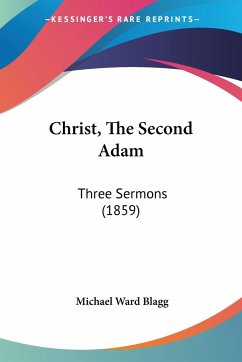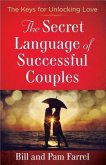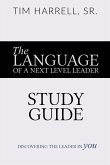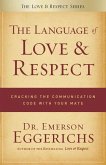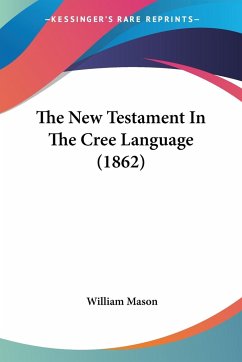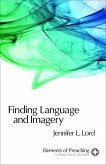Nephi puts us on notice in his very first sentence that The Book of Mormon was written by temple worshippers and for temple worshippers. He and the other prophets of The Book of Mormon, who called themselves the visionary men and the peaceable followers of Christ, knew and practiced a mystery, an ordinance by which they ascended through the temple and entered into the presence of God. This ordinance was embodied in a dramatic representation of the expulsion of Adam and Eve from Eden and their return to it, in which initiates played the roles of Adam and Eve or their descendants. The drama expressed the great doctrines of the visionary men about the purpose of life, the fall and redemption, Adam and Eve's choice, and Christ's triumph. It contained the moral commitments of the visionary men, and it taught them spiritual disciplines such as prayer, fasting, washing, and anointing. It brought them to share a feast with the Lord and then to petition at the veil of the holy of holies to be admitted as one of the children of God. The Nephite prophets used the sights, experiences, furniture, architecture, sounds, and even tastes of their temple experience to inform their writing. In the Language of Adam explores that complex constellation of information as a language--as a symbolic vocabulary for communicating and perceiving important truths. The more we understand about the temple practices of the visionary men, the better we can read The Book of Mormon, as well as the writings of visionary men in the Bible and elsewhere. Knowing the mystery-language of Adam will allow us to see more clearly the precious spiritual gems that Lehi and his party f
Hinweis: Dieser Artikel kann nur an eine deutsche Lieferadresse ausgeliefert werden.
Hinweis: Dieser Artikel kann nur an eine deutsche Lieferadresse ausgeliefert werden.


